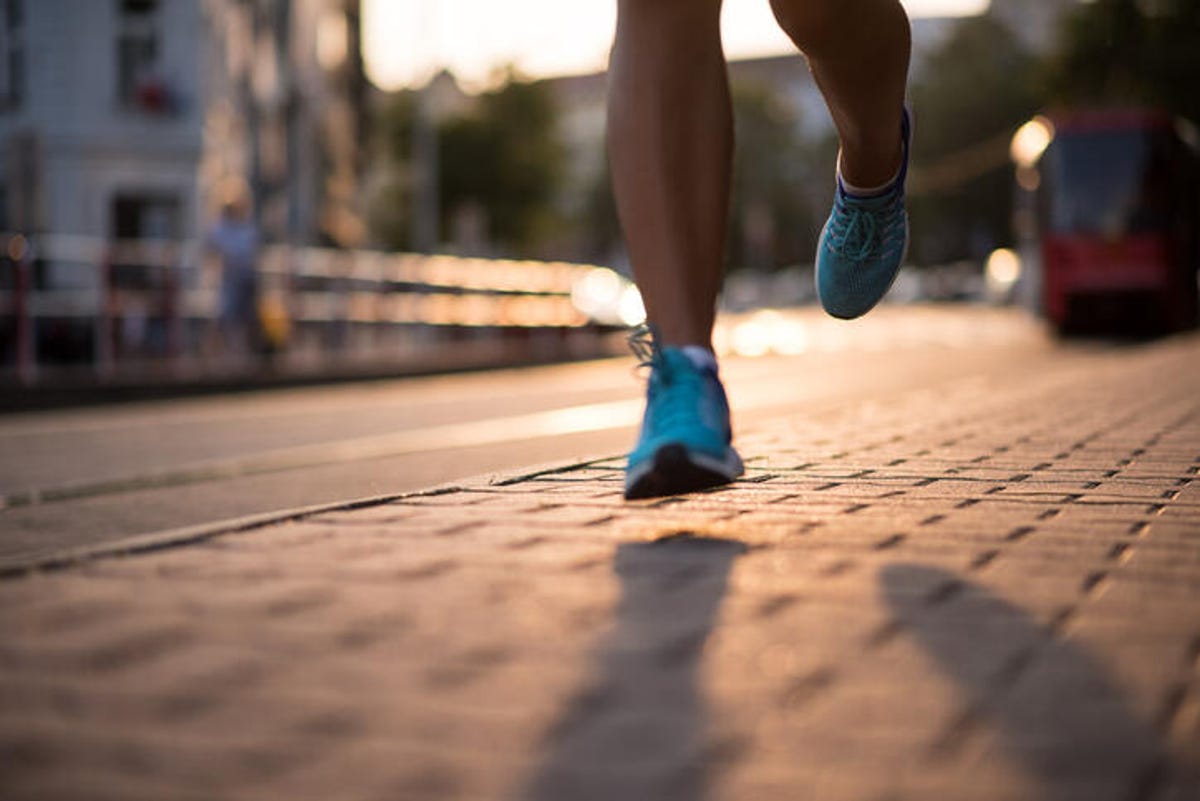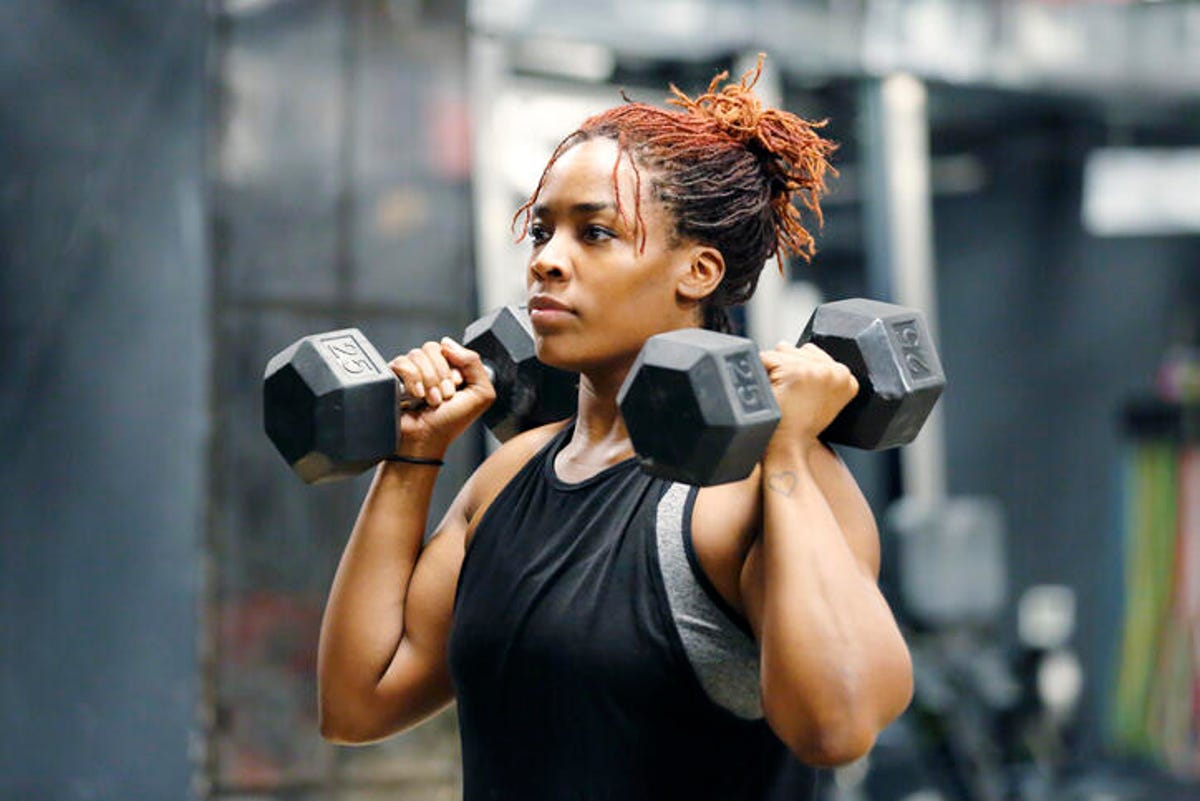It’s no secret — regular exercise is the key to overall health. While any movement is good movement, some exercises are more effective than others when it comes to losing weight and reaching your health goals in 2023. Tailoring your workouts to best meet your specific needs and goals can make a real difference.

It’s a given that all forms of exercise help you get your heart rate up, which allows you to burn calories. But after that, things can get confusing. With so many options — and many claiming to be the “best program” that guarantees the “best results” — it can be difficult to know which workouts can help you reach the results you want for the time you invest.
All exercise can help with weight loss, improve mental health and provide many benefits other than just losing weight. But if you’re feeling stuck in your current routine or want to try new exercises in the new year that can help you lose weight more efficiently and effectively, these three expert-approved exercises can help.
There’s nothing wrong with doing exercises outside of this list, by the way, or exercising just for the sake of enjoying it.
1. Cardio
The first exercise that many people do when they want to lose weight is cardio. And while cardio is great for elevating your heart rate and burning calories, it’s not the most efficient exercise you can do for weight loss. Cardio is important to lose weight, but to really take your results up a notch you need to add in some exercises that build your muscles too. Cardio is an important part of any exercise routine, and you should include it in your weekly routine, along with strength training.
Cardio intervals vs. steady-state training
Not all cardio is the same when it comes to weight loss. Any type of cardio is important for including in a well-balanced workout program, but the two main types of cardio are steady-state cardio and interval-based cardio.
Cardio intervals: Cardio intervals can consist of any type of exercise you enjoy (running, jogging, walking, cycling) except you alternate intense periods with lower-intensity periods to recover, like alternating jogging with a sprint. The intense periods are shorter (like one to two minutes) and you usually recover for about twice that (two to four minutes) depending on the workout.

Cardio exercises, like running, help elevate your heart rate and burn calories.
Getty Images
Steady-state cardio: Steady-state cardio is when you do any type of exercise, like running or cycling, and stay at a steady pace. It’s effective for improving your endurance and stamina and will help you burn calories since you increase your heart rate, although it will likely stay lower than in the interval range. When it comes to weight loss, research shows that interval training, like HIIT, is more effective than doing cardio at a steady pace. Many people will alternate steady-state cardio session days with interval-based cardio days. There are many different cardio workouts to choose from, such as biking, jogging, walking and dancing, and just because weight loss is a goal does not mean you have to do something high-impact that’s hard on your joints.
High-impact vs. low-impact cardio
While both forms of cardio are effective, if you are concerned about your joints keeping up with your new workout routine, or you know that previous injuries limit you from doing high-impact movement, low-impact cardio is a great option. You can combine low-impact cardio with bodyweight exercises, like in this workout below from LIT Method, a low-impact, high-intensity workout.
“Compound low-impact movements are the best exercises for weight loss as these movements involve multiple major muscle groups, resulting in max calorie burn and save your joints,” says Justin Norris, a personal trainer and co-founder of LIT Method. “Some of these exercises include squats, inchworms, modified burpees and marchers. All of these low-impact exercises are high-intensity movements that are guaranteed to elevate your heart rate and allow you to workout more frequently.”
2. Strength training

Strength training is important for weight loss since it helps you increase muscle mass.
Getty Images
Strength training, with your own body weight or lifting weights, is one of the most effective ways to lose weight. Why? First, lifting weights can help you lose fat while still building muscle, which is awesome for your metabolism. Muscle mass burns more calories than fat, which means you burn more calories every day when you have more muscle, even while you’re sleeping.
Muscle mass does not make up for the nutrition side of weight loss, but it can help. Keep in mind, it’s your choice whether you use lighter or heavier weights, but both weight categories require a different approach to build muscle effectively. In general, lighter weights require a higher number of reps and sets, and heavier weights require fewer reps and sets.
Strength training often involves using dumbbells or weight machines, but you really don’t need extra equipment to build strength. Using your own body weight as resistance is a highly effective and convenient way to workout — since dumbbells are basically impossible to find online right now.
“Strength training is key in weight loss because the more muscle you have on your body, the more calories you burn,” says Bryna Carracino, a fitness coach and founding trainer of beRevolutionarie. “The more lean muscle you have on the body the higher your metabolism runs, which in turn promotes healthy weight loss.”
Full-body strength training workout by Bryna Carracino
Dumbbell squat
Bryna Caracino
Dumbbells racked either resting on shoulders or back of dumbbells pressed into the front shoulder. If you’re a beginner you can leave the dumbbells by your side.
Think of a squat like you’re sitting into a chair. Press your booty back, lowering your body with your chest pressed forward. Pull all 10 toes off the ground so you’re sitting back into the posterior (back part of body). As you start to drive back up, press weight through your heels, engaging glutes and hamstrings back to standing position.
Medicine ball wood chop
Bryna Caraccino
Start with feet shoulder-width apart. Hold the medicine ball at the chest with both hands. Rotate your torso to the right and raise the medicine ball over the right shoulder. Squat and rotate to the left, bringing the medicine ball diagonally across the body until the ball is as close to the outside of the left foot.
Burpees
Bryna Caraccino
Do a squat, then place your hands on the floor, jump back into a pushup position, lower your body all the way to the ground. Press your body back up into a pushup position. Jump the feet forward landing on the outside of your hands, then jump up as high as you can.
Modification: Take out all of the jumping. So you can step back into plank, step forward into a squat, and skip the jump at the top.
3. Compound movements
So how do you combine cardio with strength exercises so that you’re not only burning calories but also building strength? “Some of the best exercises for weight loss are full-body compound movements cycled with cardio sessions,” says Brooke Taylor, a certified personal trainer founder of the Ignite Program. “A compound movement is a multijoint exercise that is designed to target multiple muscle groups at one time.
“It is so important to mix in both weights and cardio interval training if you want to change your body composition, improve muscle mass and tone up the supporting muscles. This goes hand in hand with building bone density and strengthening your cardiovascular system,” Taylor says.
Full-body workout with compound exercises
For cardio you can do one minute of jump rope in between each exercise.
Push up to renegade row tricep kickback
“This exercise activates the anterior and posterior chain of the body, elevates the heart rate and engages the deep stabilizers of the body,” Taylor says.
- Start in a plank position with the hands directly underneath your shoulders holding the weights, your legs slightly wider than hip distance apart, activating your core and glutes throughout.
- As you inhale, lower your body down forming a 90-degree angle at the elbow, exhale to press the floor away.
- Inhale slightly, shift your weight to balance on one side as you exhale, draw your navel in towards your spine as you pull the opposite elbow in towards your ribcage and extend it back in line with your hip.
- Inhale to lower the arm down, transfer the weight to the other side and pull the arm in towards the ribcage, kickback then lower.
- The goal is to keep the pelvis and spine neutral throughout, abs engaged and core tight.
Burpee to bicep curls
- Start in a plank position with your shoulders directly over your wrists.
- As you exhale jump your legs into straddle the mat as you simultaneously drop your sitz bones down and bicep curl.
- Inhale to lower the hands down.
- Repeat for 15 reps.
Final thoughts
At the end of the day, you need to be in a calorie deficit — through a combination of what you eat and burn through exercise — to lose weight. So exercise is definitely key, but so is a balanced, nutritious diet, and a focus on your macronutrients. Learning how to calculate your macros can sometimes be easier to manage than counting calories, and some say it’s more effective. The key is finding out which ratios you need based on your goals, which a professional or a macros calculator can help you with.
Remember that good recovery habits are just as important as your workouts. When it comes to exercise, more is not always better, and it’s important to give your body a change to rest and repair. Not doing so can result in overtraining syndrome, which can lead to injury, fatigue, sleep problems or set you back in your goals.
More fitness and wellness advice
The information contained in this article is for educational and informational purposes only and is not intended as health or medical advice. Always consult a physician or other qualified health provider regarding any questions you may have about a medical condition or health objectives.




 . . Ignite.tayloredfitness.net . . #tayloredfitnessnyltd #igniteburnblaze #ignitebytayloredfitnessnyltd #pushoullgrind #workmode #functionaltraining #compoundmovements #compoundmovementpatterns #homeexercises #efficiency #trainhardorgohome #goals #nyctrainer #nycfit #onlinetrainer #onlinefitness #fitmom #momprenuer #fitlife
. . Ignite.tayloredfitness.net . . #tayloredfitnessnyltd #igniteburnblaze #ignitebytayloredfitnessnyltd #pushoullgrind #workmode #functionaltraining #compoundmovements #compoundmovementpatterns #homeexercises #efficiency #trainhardorgohome #goals #nyctrainer #nycfit #onlinetrainer #onlinefitness #fitmom #momprenuer #fitlife